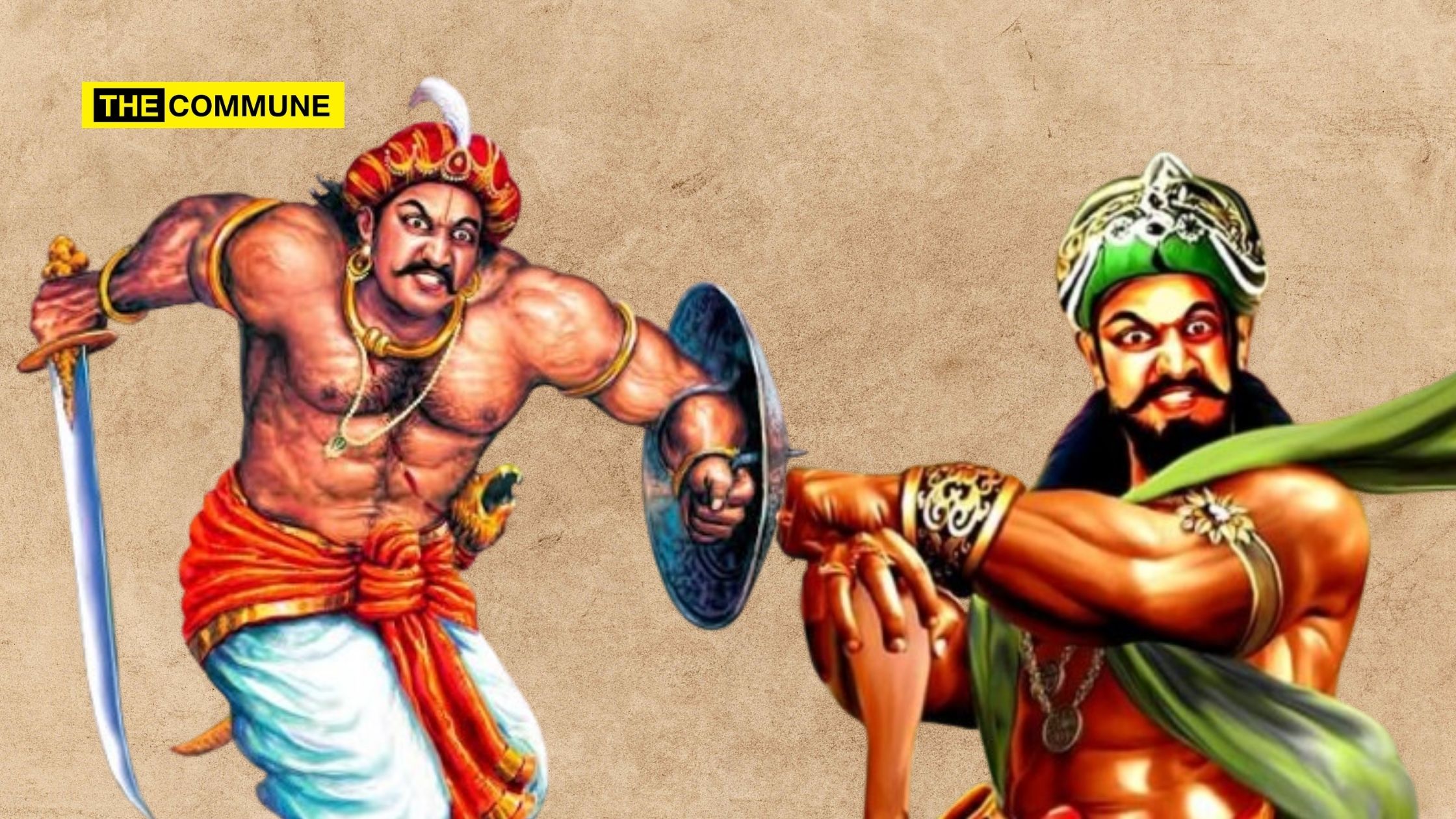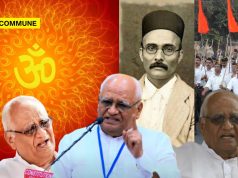
The early part of the 18th century was a confusing period in the history of Tamizhagam. Arcot Nawab Muhammed Ali got back his throne after a long battle with his adversary, Chanda Sahib. It was the British who helped him in the Carnatic wars to retain his position of Nawab. He owed a lot of money to the British in place of the war expenses. Unable to pay back, he handed over the right to collect the tax from Polygars (Palayakarars), the chieftains who ruled the southern part of Tamizhagam.
Polygars were already resisting the tax collection from Nawab citing there is no jurisdiction of Nawab in the areas ruled by them. Now that the collection went to the British, it gave them more reasons not to pay the tax. Enraged by this, the East India Company resorted to collecting taxes by force. They had used mercenaries along with their army to subdue the rebels.
Yusuf Khan who was originally known as Marudha Nayagam was one such person employed by the British. He got converted to Islam when he was serving under Chanda Sahib and hence changed his name. Yusuf Khan was sent along with Colonel Heron in 1755 to subdue the Polygars around Madurai and they were fairly successful during the expedition.
After a gap of four years, in 1759, Yusuf Khan was sent again to Madurai as an independent commander and in charge of collecting taxes from the region. This time he had to face the rebellion of Polygars from Nerkattanseval and Ettayapuram
Ettayapuram Palayam was ruled by Jagaveera Rama Ettappar. He was assisted by an able leader Azhagu Muthukon who was ruling the Kattalankulam region. Together they had decided to reject the demands of the British to collect taxes. This had angered Yusuf Khan who had employed cruel methods to collect taxes. He approached Ettayapuram with an army of thousands of soldiers. Due to the treachery of one Kurumalai Thurai, the Ettayapuram army was defeated and Jagaveerarama Ettapar and Azhagumuthukon went to a nearby jungle. There Jagaveera Rama died and Azhagumuthukon made Jagaveera’s son Venkatesa the Polygar of Ettayapuram.
Collecting an army of youth, Azhagumuthukon went to war with Yusuf Khan in Peddanayakanur fort. Unfortunately, his plan was exposed by a minister of Kurumalai. So Azhagumuthukon’s army had to face the British forces led by Yusuf Khan on an open field. Despite being outnumbered by the British forces, they fought bravely. After a fiery battle that lasted more than half a day, Azhagumuthukon was defeated. He along with those who survived the battle were arrested. They were taken to a place called Nadukkatur. Azhagumuthukon was asked to apologize and pay all the taxes due immediately. He refused & categorically rejected Yusuf Khan’s demand.
He was then tied to the mouth of a cannon with iron chains and was blown to pieces. The right hand of the 248 survivors of the battle was cut off by British forces. The Kattalangulam palace and the fort built by Azhagumuthukon were destroyed by the British.
Azhagumuthukon was an early warrior against British authoritarianism. He left a legacy that was an inspiration for the likes of Kattabomman and Marudhu Brothers to take the rebellion against British on a grand scale.
TS Krishnan is a Tamil scholar and author.
Subscribe to our channels on Telegram, WhatsApp, and Instagram and get the best stories of the day delivered to you personally.




